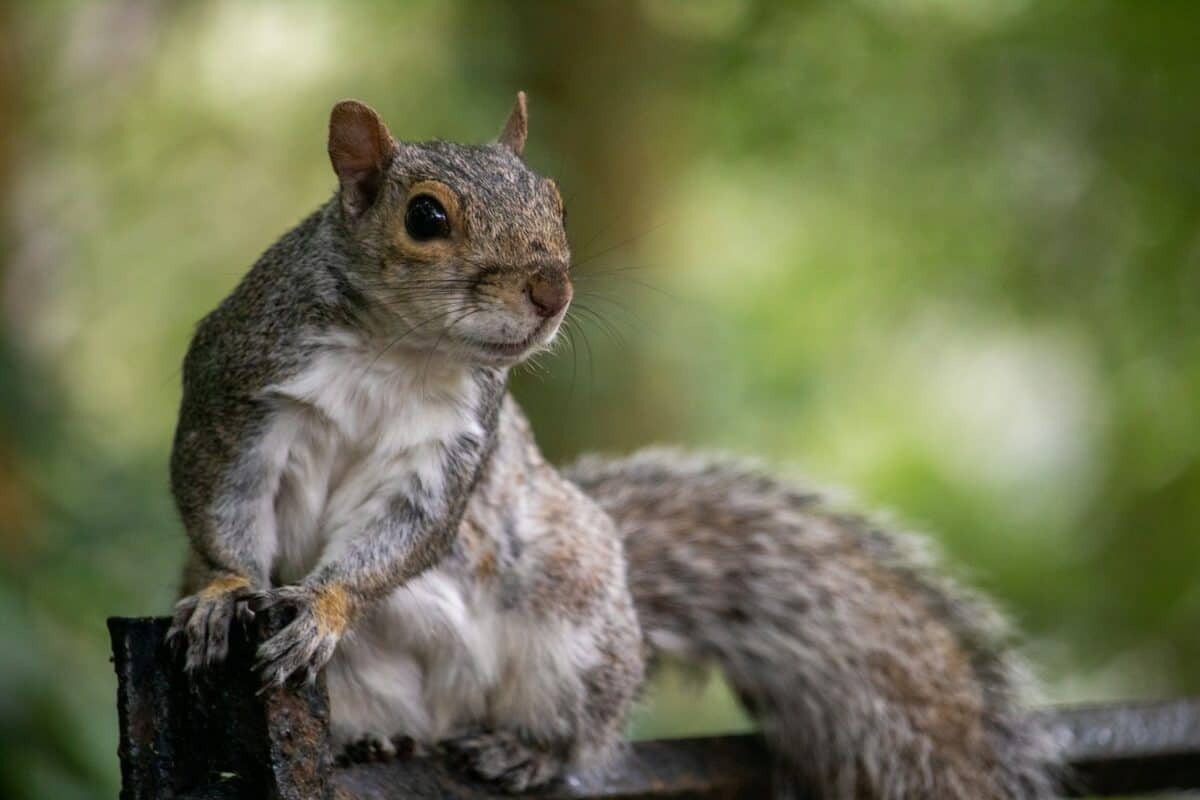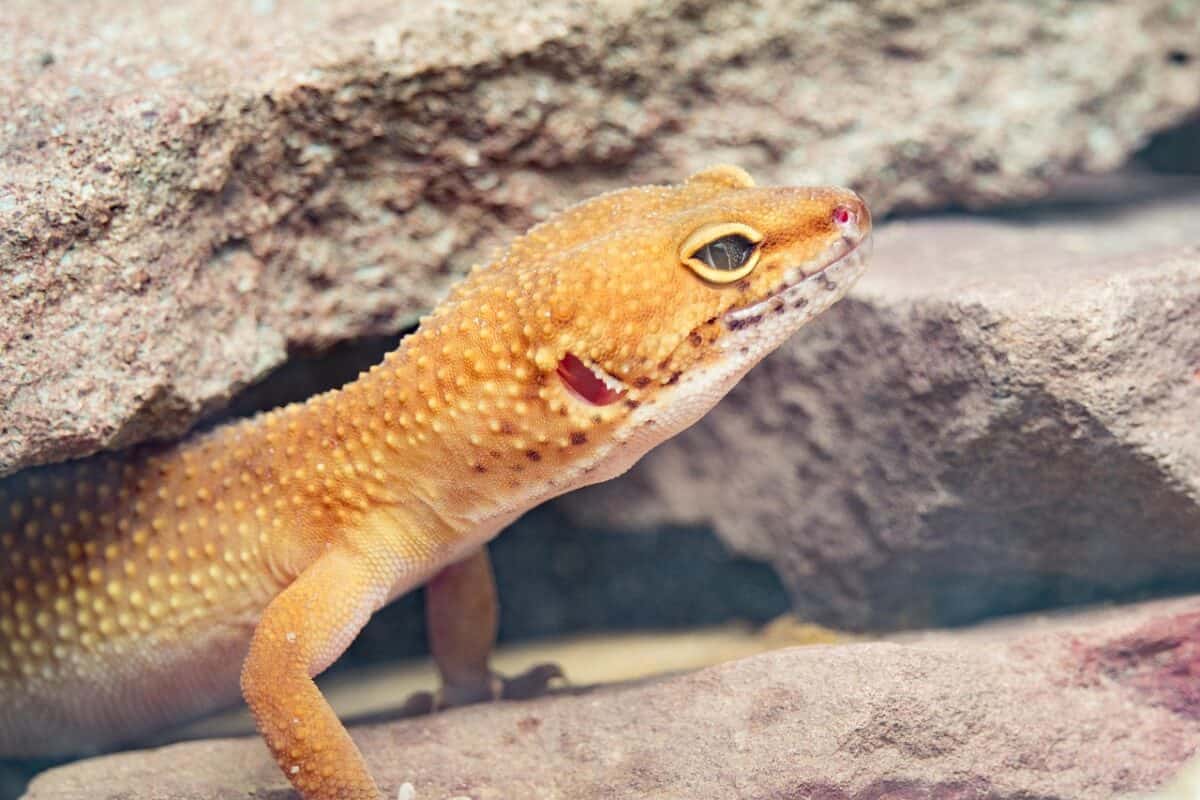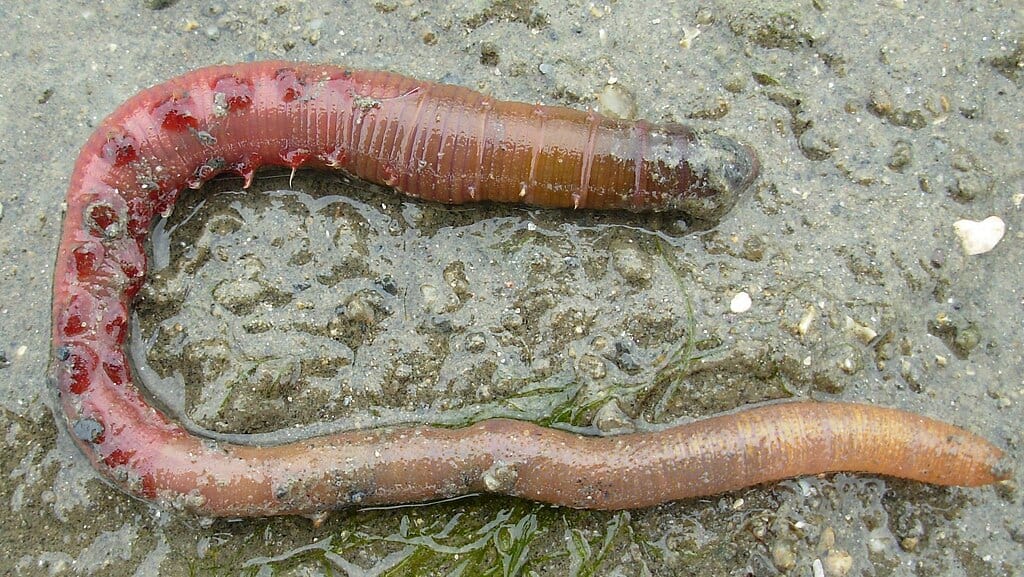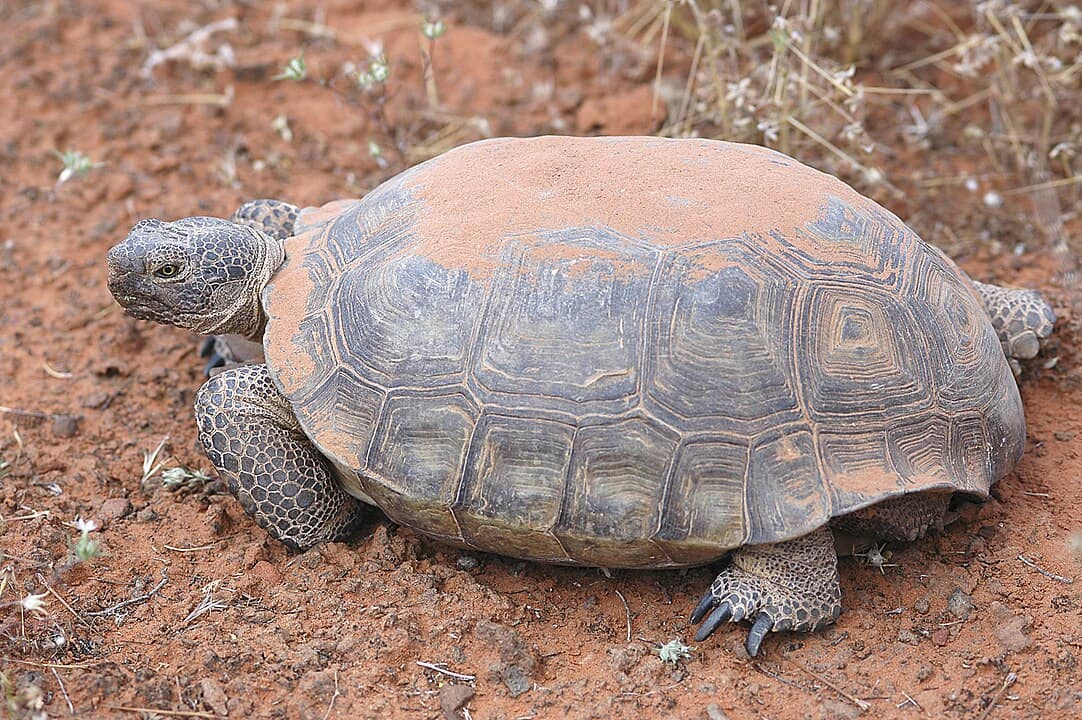In the harsh reality of nature, water is typically considered essential for all living organisms. However, some remarkable creatures have evolved extraordinary adaptations that allow them to survive with minimal water or extract moisture from unconventional sources. These resilient animals have developed fascinating physiological and behavioral mechanisms to thrive in some of Earth’s most unforgiving environments. From arid deserts to freezing tundras, these 13 animals demonstrate nature’s incredible capacity for adaptation and survival in extreme conditions with limited access to traditional water sources.
Kangaroo Rat – The Desert Survivor

The kangaroo rat has perfected desert survival without drinking water. Native to the arid regions of North America, these remarkable rodents can go their entire lives without ever taking a single sip of water. Instead, they obtain all necessary moisture from the metabolic water produced during digestion of dry seeds and grains. Their highly efficient kidneys produce extremely concentrated urine, while their specialized nasal passages recapture moisture from exhaled breath. Additionally, kangaroo rats are nocturnal, remaining in cool, humid burrows during scorching daytime temperatures to minimize water loss. Their metabolic efficiency is so extraordinary that they produce about twice as much water from their food as other mammals, demonstrating one of nature’s most impressive adaptations to extreme water scarcity.
Thorny Devil – The Moisture Harvester

The thorny devil (Moloch horridus) from Australia’s arid regions has evolved a remarkable passive water collection system. This lizard’s entire body is covered with microscopic channels between its scales that function like a network of tiny straws. Through capillary action, any moisture that contacts any part of the thorny devil’s body—whether from morning dew, light rainfall, or even damp sand—is drawn upward against gravity toward its mouth. This sophisticated “moisture harvesting” system allows the thorny devil to collect water from multiple sources without actively seeking it out. The lizard can even collect moisture by simply standing on damp sand, as water is drawn up through its feet and transported across its body to its mouth. This unique adaptation enables survival in regions receiving less than 20cm of rainfall annually.
Sand Gazelle – The Metabolic Master

The sand gazelle (Gazella subgutturosa) has adapted remarkably well to the harsh desert environments of the Arabian Peninsula and North Africa. These graceful ungulates can survive without drinking water for extended periods by obtaining moisture solely from their plant food sources. Their specialized digestive system extracts maximum water from vegetation, while their kidneys concentrate urine to minimize water loss. Sand gazelles have also developed the ability to reduce their metabolic rate and core body temperature during extreme heat, decreasing water needs. Perhaps most impressively, they can tolerate dehydration of up to 30% of their body weight—a level that would be fatal for most mammals. Additionally, their light-colored coats reflect sunlight rather than absorbing it, reducing water loss through sweating and helping them survive in regions where temperatures regularly exceed 40°C (104°F).
Xerocoles – Desert Adapted Rodents

Xerocoles represent a diverse group of desert-adapted rodents that have mastered survival without regular access to water. These specialized creatures, including species like the desert dormouse and certain gerbil species, obtain moisture exclusively from the foods they consume. Their evolutionary adaptations include highly efficient kidneys that produce minimal and concentrated urine, reduced water loss through respiration, and the ability to maintain water balance even when consuming extremely dry seeds and vegetation. Most xerocoles are nocturnal, remaining in their cool burrows during hot days to minimize water expenditure. Their metabolic processes have evolved to maximize water production during food digestion, converting carbohydrates to water with remarkable efficiency. Some xerocoles can survive losing up to 40% of their body water—far beyond the 10-15% threshold that would prove fatal to most mammals, making them true champions of water conservation.
Fennec Fox – The Desert’s Adapted Canid

The fennec fox (Vulpes zerda), with its iconic oversized ears, has evolved to thrive in the North African desert without regular access to water. These diminutive canids, weighing just 1.5-3.5 pounds, rarely drink water directly, instead extracting moisture from their diet of plants, insects, small rodents, and birds. Their remarkably efficient kidneys produce highly concentrated urine to conserve water, while their specialized nasal passages recapture moisture during exhalation. The fennec’s enormous ears serve a dual purpose—not only do they dissipate heat through blood vessels close to the surface, reducing the need for water-intensive panting, but they also allow the fox to hear prey moving underground. Their pale coat reflects sunlight rather than absorbing it, and their furry feet protect against scorching sand while providing traction. Predominantly nocturnal, fennec foxes remain in cool underground dens during daylight hours, further reducing water loss and demonstrating a comprehensive suite of adaptations for desert survival.
African Lungfish – The Drought Survivor

The African lungfish (Protopterus sp.) exhibits one of the most remarkable adaptations to water scarcity in the animal kingdom. Unlike most fish that would perish within minutes out of water, these evolutionary marvels can survive for years without water during drought conditions. When their aquatic habitats begin to dry, African lungfish burrow into the mud and secrete a protective mucus cocoon that hardens around their bodies, leaving only a small opening for air. They enter a state of estivation—a dormancy similar to hibernation—where their metabolic rate drops dramatically, and they breathe air through primitive lungs evolved from their swim bladder. During this remarkable suspended animation, their bodies slow to a near standstill, using stored fat reserves for minimal energy needs and reducing bodily functions to conservation mode. Some lungfish have survived in this state for over four years in laboratory settings, reanimating when returned to water. Their extraordinary ability represents one of evolution’s most successful adaptations to unpredictable water availability in seasonal wetlands.
Tardigrade – The Ultimate Survivor

Tardigrades, commonly known as water bears or moss piglets, are microscopic creatures that demonstrate perhaps the most extreme survival abilities on Earth. These eight-legged micro-animals, typically less than 1mm long, can survive complete desiccation through a process called anhydrobiosis—essentially, life without water. When environmental conditions become too harsh, tardigrades enter a state called “tun” by retracting their head and legs, reducing their body volume by up to 98%. They produce protective proteins and replace water in their cells with a sugar called trehalose, effectively suspending their metabolism almost completely. In this dehydrated state, tardigrades can survive not only without water but also extreme temperatures (from near absolute zero to 151°C), intense radiation levels thousands of times higher than lethal human doses, the vacuum of space, and crushing pressures six times greater than those in the deepest ocean trenches. Some tardigrades have been revived after remaining in this suspended animation for over 30 years, making them arguably the most resilient animals on our planet and demonstrating how life can persist without water under the most extreme conditions imaginable.
Desert Tortoise – The Efficient Conserver

The desert tortoise (Gopherus agassizii) has evolved exceptional adaptations for surviving months without drinking water in the harsh Mojave and Sonoran deserts. These remarkable reptiles store water in their bladder, which can hold up to 40% of their total body weight in fluid—essentially functioning as a biological canteen. During droughts, desert tortoises reabsorb water from this reservoir to maintain hydration. Their specialized kidneys excrete concentrated waste containing uric acid crystals rather than urea, minimizing water loss during excretion. They obtain moisture primarily from the vegetation they consume, particularly after rare desert rainfalls when they eagerly drink from temporary puddles and consume freshly sprouted plants with higher water content. Desert tortoises dig deep burrows that reach cooler, more humid soil layers, creating microclimates where they spend up to 95% of their time to avoid water loss in the scorching desert heat. Perhaps most impressively, they can tolerate losing over 30% of their body water—a level that would be fatal to most vertebrates—making them true masters of desert survival through water conservation.
Cyrtopodion Scabrum – The Waterless Gecko

The rough-tailed gecko (Cyrtopodion scabrum) demonstrates remarkable adaptations for surviving without drinking water in its native arid environments of the Middle East and North Africa. Unlike many desert animals that extract moisture from food, these specialized reptiles have evolved to obtain their water requirements almost entirely through metabolic processes. Their highly efficient kidneys produce crystalline uric acid waste, minimizing water loss during excretion. The rough-tailed gecko’s scaly skin has evolved to be nearly impermeable, drastically reducing water loss through evaporation. Additionally, these geckos are nocturnal, remaining in cool, relatively humid microhabitats during daylight hours when evaporative water loss would be highest. Their remarkable adaptations extend to behavioral mechanisms, including the ability to detect and utilize the minimal humidity present in desert air. Research has shown these geckos can maintain water balance even when fed completely dehydrated food, demonstrating how comprehensive evolutionary adaptations allow certain animals to thrive in environments where water scarcity would typically prohibit life.
Sandgrouse – The Water Carrier

While sandgrouse don’t survive without water themselves, their extraordinary adaptation for transporting water deserves mention. These desert-dwelling birds, particularly the Namaqua sandgrouse (Pterocles namaqua) of southern Africa, have evolved a remarkable method to provide water to their chicks in waterless environments. Male sandgrouse perform daily flights of up to 80 kilometers round-trip to water sources, where they perform a unique behavior: they rock back and forth, soaking their specialized belly feathers that can absorb up to 40ml of water—nearly 15-20% of their body weight. Unlike regular feathers, these specialized abdominal feathers have a modified structure with spiraled barbs that create capillary action, functioning essentially as a biological sponge. These feathers also contain antimicrobial compounds that prevent the water from becoming contaminated during the long flight back to the nest. Upon returning to their chicks, the male birds spread their legs in a characteristic stance, allowing the chicks to drink the stored water directly from their feathers. This remarkable adaptation ensures offspring survival in environments where natural water sources may be dozens of kilometers apart, demonstrating how evolution has created solutions for delivering water rather than eliminating the need for it.
Koala – The Eucalyptus Moisture Extractor

The koala (Phascolarctos cinereus), Australia’s iconic marsupial, has evolved to rarely drink water despite living in an environment with periodic droughts and water scarcity. These specialized mammals obtain nearly all their moisture needs from the eucalyptus leaves that comprise their diet. The name “koala” is derived from an Aboriginal word meaning “no drink,” reflecting indigenous knowledge of this remarkable adaptation. Eucalyptus leaves contain approximately 55% water content, which koalas extract during digestion with their specialized digestive system that detoxifies the otherwise poisonous compounds in the leaves. Their efficient kidneys further concentrate urine to minimize water loss. Koalas typically only drink water during extreme drought conditions or when suffering from illness that prevents normal hydration from their leafy diet. They’ve also evolved behavioral adaptations to minimize water loss, including being primarily active during cooler periods and resting in the shaded canopy during hot days. This comprehensive suite of adaptations allows koalas to occupy ecological niches where water availability might otherwise limit mammalian life, demonstrating evolution’s remarkable capacity for specialized dietary adaptation.
Desert Mealworms – The Atmospheric Moisture Harvesters

The larvae of the darkling beetle, commonly known as mealworms (Tenebrio molitor), have evolved an extraordinary ability to extract water directly from the atmosphere, even in extremely dry conditions. These remarkable insects can absorb water vapor when relative humidity is as low as 50%, far below what most organisms require. They accomplish this feat through specialized structures in their rectum that can extract and condense atmospheric moisture. Their exoskeleton contains a waxy coating that significantly reduces water loss through evaporation, while their efficient excretory system produces dry waste to conserve water. Desert mealworms obtain additional moisture from the dry food they consume through metabolic water production during digestion. Laboratory studies have shown these resilient creatures can complete their entire life cycle—from egg to adult beetle—without ever encountering liquid water, surviving solely on atmospheric moisture and metabolic water. This exceptional adaptation represents one of nature’s most efficient solutions to water scarcity, allowing these insects to thrive in arid environments where most other organisms would quickly dehydrate and perish.
African Bullfrog – The Desert Amphibian

The African bullfrog (Pyxicephalus adspersus) presents a biological paradox—an amphibian that can survive in arid environments without regular access to water. Native to the seasonal wetlands and savannas of sub-Saharan Africa, these massive frogs (weighing up to 2kg) have evolved extraordinary adaptations for surviving prolonged droughts. During dry seasons, African bullfrogs burrow up to 15cm underground and secrete a protective cocoon made of multiple layers of shed skin cells. This waterproof cocoon covers their entire body except for the nostrils, reducing water loss through evaporation by up to 95%. In this state of estivation (summer dormancy), their metabolic rate plummets, and they can survive for years without food or water, subsisting on fat reserves stored in specialized sacs throughout their bodies. Perhaps most remarkably, they produce urea but retain it in their tissues rather than excreting it—a dangerous adaptation that would be toxic to most animals but serves as an emergency water retention mechanism. When rains finally arrive, these remarkable amphibians emerge rapidly, often within hours, to feed voraciously and reproduce during the brief wet season before conditions become arid once again.
Conclusion – Nature’s Water Conservation Champions

The remarkable adaptations of these 13 animals showcase nature’s ingenious solutions to one of life’s most fundamental challenges: surviving without regular access to water. From the microscopic tardigrade’s ability to replace cellular water with protective sugars to the kangaroo rat’s ultra-efficient kidneys, these specialized adaptations represent millions of years of evolutionary refinement. These water-independent creatures not only demonstrate the incredible resilience of life but also offer potential insights for human applications in water conservation, medicine, and even space exploration. As climate change intensifies water scarcity across many regions of our planet, understanding how these animals thrive with minimal moisture becomes increasingly relevant to conservation efforts and potentially to human survival strategies. Their extraordinary abilities remind us that life’s adaptability knows few bounds—even when it comes to surviving without what we consider life’s most essential resource.
- 15 Animals Smarter Than You Think - August 15, 2025
- 14 Most Misunderstood Pets You Should not Overlook - August 15, 2025
- 14 Birds of Prey That Rule the Skies - August 15, 2025

